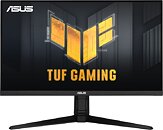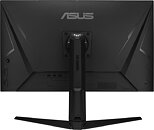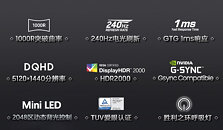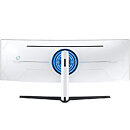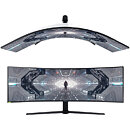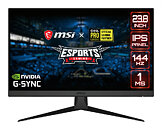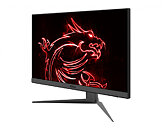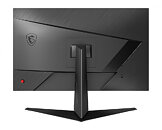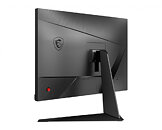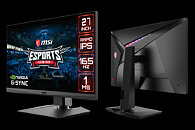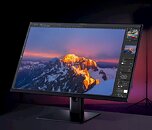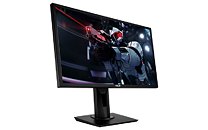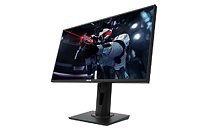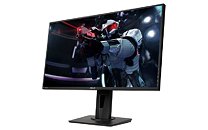
ASUS Launches Glossy 1440p WOLED Gaming Monitor
Today is a good day for those of you that have wanted a glossy OLED gaming monitor, as ASUS has launched the ROG Strix OLED XG27AQDMG, which is a glossy WOLED gaming monitor. The ROG Strix OLED XG27AQDMG sports a 2560 x 1440 pixel WOLED display with a 240 Hz refresh rate and a 0.03 ms grey to grey response time. ASUS also claims up to 20 percent brighter image in SDR mode and deeper black hues under any lighting conditions, quite something to live up to. On the more technical side, the panel is said to offer a 1.5 million to one contrast ratio, support for 99 percent of the DCI-P3 colour space or 135 percent of the RGB colour space and it's should also have 10-bit colour support.
Connectivity wise, there will be disappointing sights from some, as the ROG Strix OLED XG27AQDMG relies on a single DP 1.4 with DSC and a pair of HDMI 2.0 ports for video inputs, which means the HDMI ports are limited to 144 Hz. It also only has two USB 3.2 Gen 1 5 Gbps ports and no USB Type-C input, although there's a headphone jack for those that want to use that. Other features include FreeSync Premium and G-Sync Compatible support, as well as ASUS' trace free technology, GamePlus, shadow boost and OLED care. No word on official pricing at this point in time, but it's non-glossy counterpart retails for US$900.
Connectivity wise, there will be disappointing sights from some, as the ROG Strix OLED XG27AQDMG relies on a single DP 1.4 with DSC and a pair of HDMI 2.0 ports for video inputs, which means the HDMI ports are limited to 144 Hz. It also only has two USB 3.2 Gen 1 5 Gbps ports and no USB Type-C input, although there's a headphone jack for those that want to use that. Other features include FreeSync Premium and G-Sync Compatible support, as well as ASUS' trace free technology, GamePlus, shadow boost and OLED care. No word on official pricing at this point in time, but it's non-glossy counterpart retails for US$900.





































